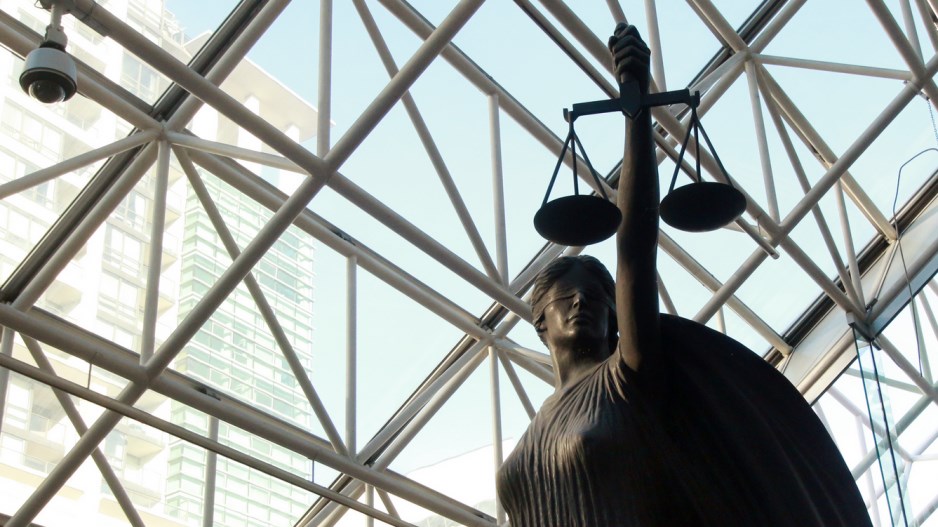Sometime in 2017, Stanley Williams built the antenna in a backyard patio area adjacent to his unit. He secured it with ropes extending over the suite’s roof and attaching them with an eyehook to his carport.
The backyard patio was common property as defined in the Strata Property Act. Williams did not obtain strata approval for the antenna installation or items with which he secured it.
The strata council notified him the construction appeared to be an unauthorized alteration to a strata lot in contravention of a bylaw. He was told to remove it.
Later, he was told the antenna and support system also contravened a bylaw prohibiting satellite dishes or similar structures from being built.
“Mr. Williams informed the strata that his installation was in the nature of a flagpole and that there was no technical or operational similarity between this insulation and a satellite dish,” the court said.
After $700 in fines were cancelled, Williams informed the strata that he intended to “erect a self-supporting tower for the purposes of amateur radio communications.” This tower would be 15 metres high.
That request was denied.
Parts were eventually dismantled but others stood above the height of the building.
The strata soon filed a complaint with the Civil Resolution Tribunal to have Williams comply. He filed a counter-claim seeking a change of the strata bylaws.
The tribunal rejected his claims, including an assertion that Surrey’s land-use bylaw gave him exclusive use of his backyard patio area without compliance with strata bylaws.
twitter.com/jhainswo




